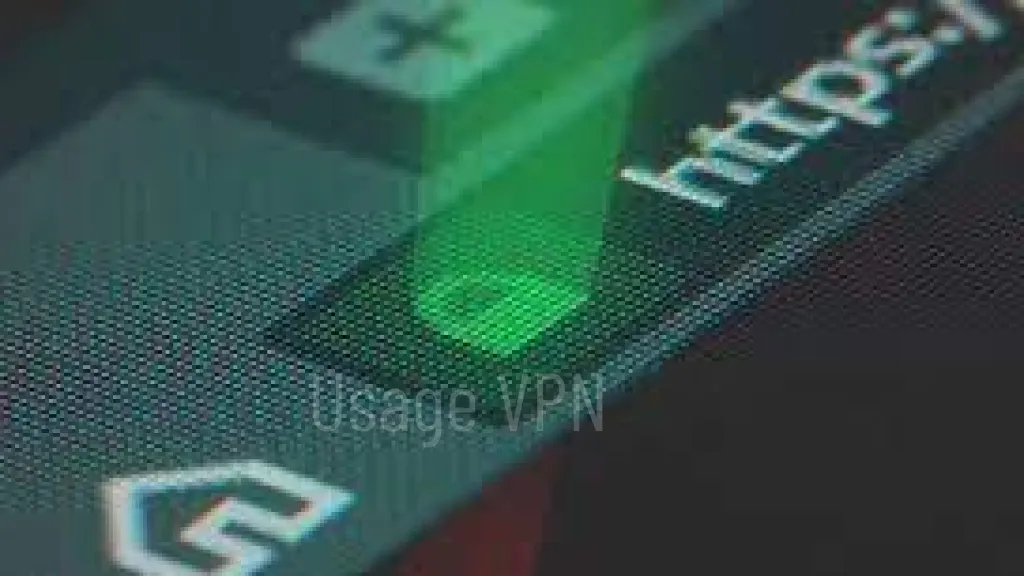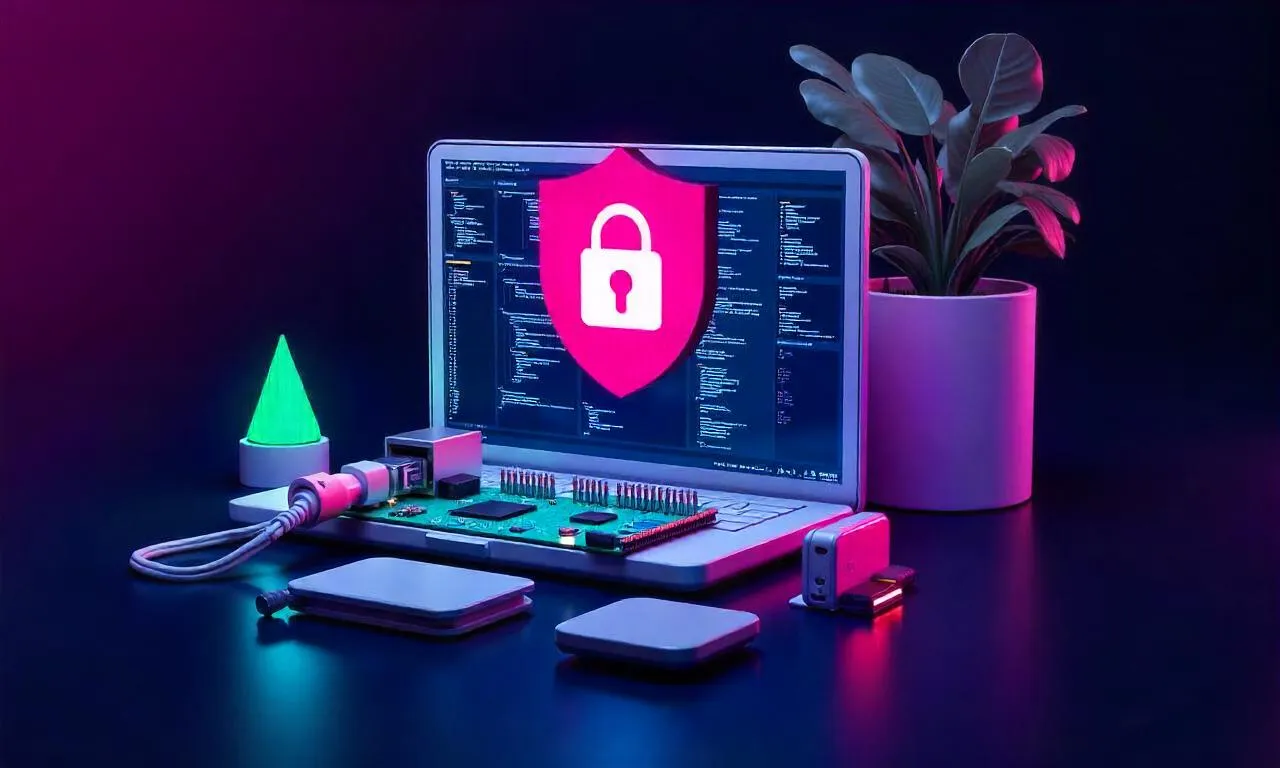Welcome to our comprehensive guide on how to check if a link is safe before clicking on it. As the internet continues to evolve, it’s crucial to be vigilant and protect yourself from potential online threats. In this article, we will provide you with valuable information on how to perform a secure link verification and introduce you to a safe link checker tool.

Table of Contents
ToggleWhy You Should Verify Link Safety
Before clicking on any link, it is crucial to verify its safety to protect yourself from potential threats such as phishing scams, malware, or viruses. By taking a proactive approach to link safety, you can safeguard your online security and ensure a worry-free browsing experience.
Protecting Yourself from Phishing Scams
- Phishing scams are designed to deceive users into providing sensitive information such as login credentials or financial details.
- Verifying the safety of links helps you avoid falling victim to these scams, as it allows you to identify suspicious or malicious websites.
Preventing Malware and Virus Infections
- Clicking on unsafe links can expose your device to malware or viruses, compromising your personal data and system security.
- By verifying link safety, you can avoid accessing websites that may contain harmful content, protecting your device and data from potential infections.
Introducing Useful Tools for Website Safety Checking
Various tools are available to help you verify the safety of a link before clicking on it. These website safety checkers and link validators scan links for potential threats and provide you with valuable information to make informed decisions. Here are some noteworthy tools:
- Google Safe Browsing: This widely-used tool by Google helps identify unsafe websites or links by checking them against its constantly updated list of known threats.
- VirusTotal: With VirusTotal, you can scan a link or file using multiple antivirus engines to detect any potential malware or virus.
- Norton Safe Web: Protecting over 82 million users, Norton Safe Web scans websites for malware and provides safety ratings based on its findings.
- URLVoid: URLVoid enables you to check a link’s safety by analyzing it against multiple blacklist databases.
- Sucuri SiteCheck: This tool scans websites for malware, blacklisting, and other security issues, allowing you to determine if a link is safe to visit.
By utilizing these tools and staying vigilant, you can ensure the safety of the links you encounter and protect yourself from potential online threats.
How to Check If a Link Is Safe
Ensuring the safety of a link before clicking on it is an essential practice to protect yourself from potential online threats. In this section, we will guide you through the process of checking if a link is safe, equipping you with the necessary knowledge and tools for secure link verification.
There are various methods you can employ to determine the safety of a link. Using secure link verification tools is one effective approach. These tools analyze the link’s characteristics, such as its source, reputation, and destination, to identify any potential risks. By utilizing these tools, you can quickly assess whether a link is safe or not.
Another method to verify link safety is by conducting URL safety scans. These scans examine the link’s web address for any suspicious elements or patterns, ensuring that it is not associated with harmful websites or phishing attempts. With a thorough URL safety scan, you can gain insights into the trustworthiness and security of the link.
Additionally, it is crucial to follow best practices for safe hyperlink testing. These practices include scrutinizing the link’s source, double-checking for spelling errors or inconsistencies in the URL, and avoiding clicking on links from untrusted sources or suspicious emails. By exercising caution and adhering to these best practices, you can minimize the risk of encountering malicious links.
By the end of this section, you will have the comprehensive understanding and tools required to confidently assess the safety of any link that comes your way. By incorporating secure link verification, conducting URL safety scans, and following best practices, you can navigate the online landscape with peace of mind.
The Importance of Trusted Link Scanners
When it comes to ensuring the security of the links you interact with, trusted link scanners are indispensable. These advanced tools offer numerous benefits and features that help protect you from potential threats during your online browsing experience. With the increasing sophistication of cyberattacks, it has become crucial to have a reliable and secure link verification system in place.
By using a trusted link scanner, you can proactively detect and identify potential threats before they have a chance to harm your device or compromise your personal information. These scanners employ sophisticated algorithms and databases to analyze the reputation and safety of each link, ensuring that you can navigate the web with confidence.
One of the key advantages of reliable link scanners is their ability to detect malicious links, such as those leading to phishing websites or sites infected with malware or viruses. By alerting you to these threats, the scanners prevent you from inadvertently exposing yourself to cybercriminals.
Moreover, trusted link scanners provide peace of mind by offering real-time analysis and updates. They continually monitor the safety of website links and promptly inform you if a link becomes suspicious or compromised. This proactive approach ensures that you are always aware of the latest threats and protects you from falling victim to newly emerging risks.
With the growing number of malicious links present on the internet, it is essential to have a secure link verification system that can keep up with the rapidly evolving threat landscape. Trusted link scanners provide this crucial capability, enabling you to browse the web safely and confidently.
Best Practices for Link Safety
Beyond using link checking tools, there are additional best practices you can follow to enhance link safety. By implementing these practices, you can minimize the risk of falling victim to malicious links and protect your online security.
- Verify Link Security: Before clicking on any link, take a moment to verify its security. Look for visual cues such as a locked padlock icon or “https” in the URL, indicating that the website is using a secure connection.
- Be a Safe Hyperlink Tester: As a responsible internet user, it’s important to be cautious when testing hyperlinks. Avoid clicking on suspicious or unsolicited links, especially those received through email or messaging platforms. Instead, hover over the link to preview the destination URL before deciding whether to proceed.
- Stay Updated with Security Measures: Keep your devices and software up to date with the latest security patches and updates. Regularly check for updates on your operating system, web browsers, and security software to ensure they are equipped with the necessary safeguards against cyber threats.
- Use a Reliable Anti-Malware Solution: Install a trusted anti-malware solution on your device to detect and block potential threats. An effective antivirus program can provide an additional layer of protection and help identify malicious links or websites.
- Exercise Caution on Social Media: Be cautious when clicking on links shared on social media platforms. Fraudulent or compromised accounts can unknowingly spread malicious links. Before clicking on any shared link, verify the source and consider using safe link checking tools or browser extensions to scan the URL for threats.
- Enable Two-Factor Authentication: Enable two-factor authentication whenever possible. This provides an extra layer of security when accessing sensitive information or performing important transactions online. Two-factor authentication typically requires both a password and a secondary verification method, such as a unique code sent to your mobile device.
By following these best practices, you can safeguard your online activities and protect yourself from potential threats. Remember, verifying link security and being a safe hyperlink tester is essential in maintaining a secure online environment.
Understanding Common Threats and Red Flags
When it comes to assessing the safety of a link, it’s essential to be aware of common threats and red flags that may indicate potential risks. By staying vigilant and learning to recognize these warning signs, you can make informed decisions about whether a link is safe to click or not. To help you navigate the online landscape securely, here are some key red flags to watch out for:
- Unfamiliar or suspicious domains: Links from unknown or suspicious domains should always be approached with caution. If a domain’s name seems unusual or doesn’t match the website’s content or purpose, it’s best to avoid clicking on the link.
- Poor website design and functionality: Pay attention to the overall design and functionality of the website associated with the link. If it appears poorly designed, has numerous pop-ups, or contains broken links, it could be an indicator of a potentially malicious website.
- Inconsistent URL structure: Check the URL for any inconsistencies or irregularities. Sometimes, malicious actors use deceptive techniques such as adding extra characters or misspelling words in the URL to trick users into clicking on unsafe links. Always examine the URL carefully before proceeding.
- Unexpected or unsolicited emails: Be cautious when clicking on links received through unsolicited or unexpected emails, especially those that ask for personal information or prompt immediate action. Verify the legitimacy of the email and its sender before interacting with any embedded links.
- Security certificate warnings: If you encounter a security certificate warning upon accessing a website, exercise caution. These warnings indicate that the website’s credentials may not be valid, potentially putting your personal information at risk.
By being aware of these common threats and red flags, you can take proactive steps to protect yourself from potential harm while browsing the internet. Remember, using reliable website safety checkers and link validators is crucial in ensuring the links you click are secure. Stay informed and stay safe!
Conclusion
Throughout this article, we have explored the importance of verifying link safety before clicking on them. By taking a proactive approach and ensuring the links we interact with are secure, we can safeguard ourselves against potential threats.
We have discussed various methods and tools for checking link safety, including secure link verification tools and URL safety scans. These resources empower us to make informed decisions about the links we encounter, protecting our online browsing experience.
Furthermore, we have highlighted the significance of trusted link scanners in detecting potential dangers and providing peace of mind. By incorporating best practices for link safety, such as verifying link security and becoming proficient in safe hyperlink testing, we can minimize the risk of falling victim to malicious links.
Remember, vigilance is key when it comes to online security. By following the guidance presented in this article, you can confidently navigate the online landscape, protecting yourself from phishing scams, malware, and other threats. Stay safe and enjoy your browsing experience!
FAQ
Why is it important to check if a link is safe before clicking on it?
It is crucial to verify the safety of a link before clicking on it to protect yourself from potential threats such as phishing scams, malware, or viruses.
How can I check if a link is safe?
There are various methods you can use to check if a link is safe. You can utilize secure link verification tools, conduct URL safety scans, and follow best practices for safe hyperlink testing.
What are trusted link scanners, and why are they important?
Trusted link scanners play a vital role in ensuring the security of the links you interact with. They help detect potential threats and provide peace of mind during your online browsing experience.
Are there any best practices I can follow to enhance link safety?
Absolutely! In addition to using link checking tools, you can verify link security by following best practices such as being cautious of suspicious emails, double-checking URLs before clicking, and using up-to-date antivirus software.
What are some common threats and red flags to watch out for when assessing link safety?
Common threats and red flags include suspicious or unexpected emails, URLs that differ slightly from legitimate websites, grammatical errors or poor website design, and any requests for personal or sensitive information.

















